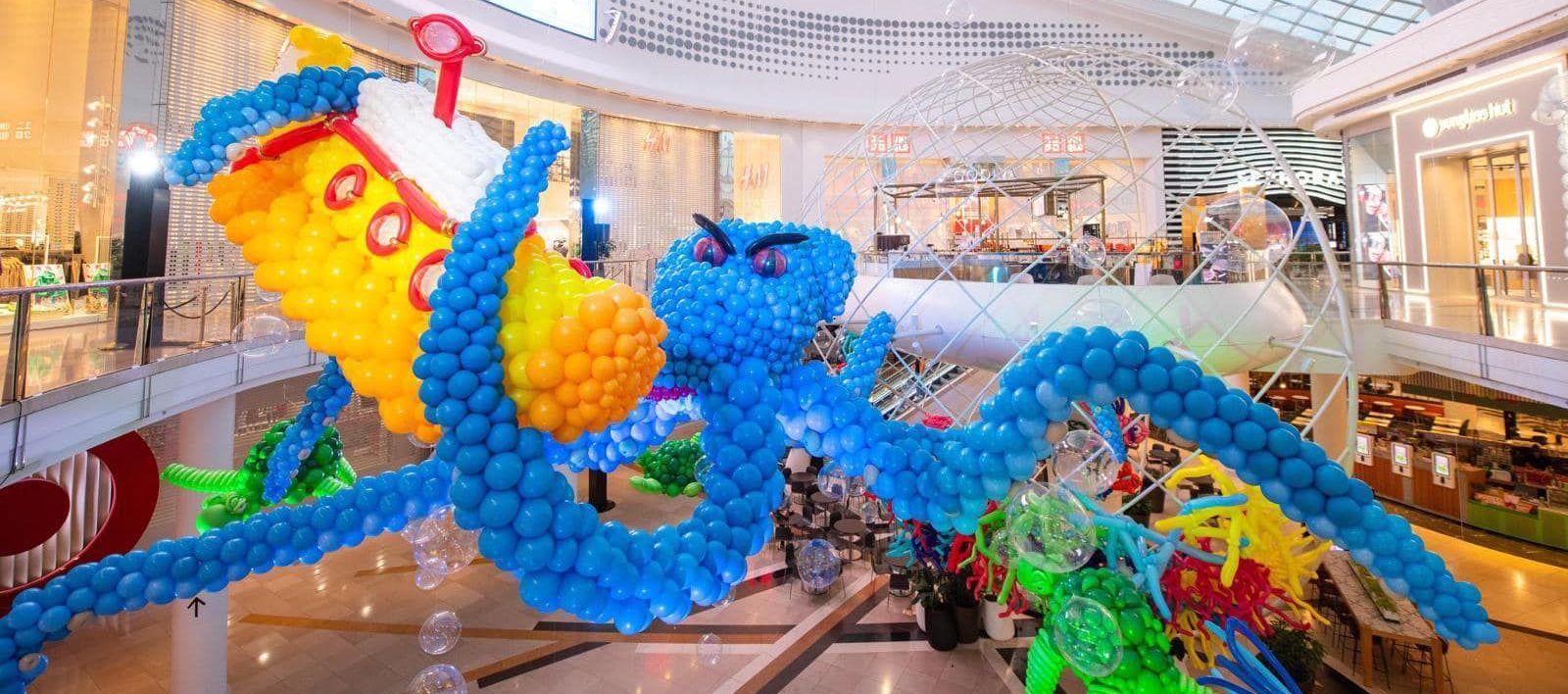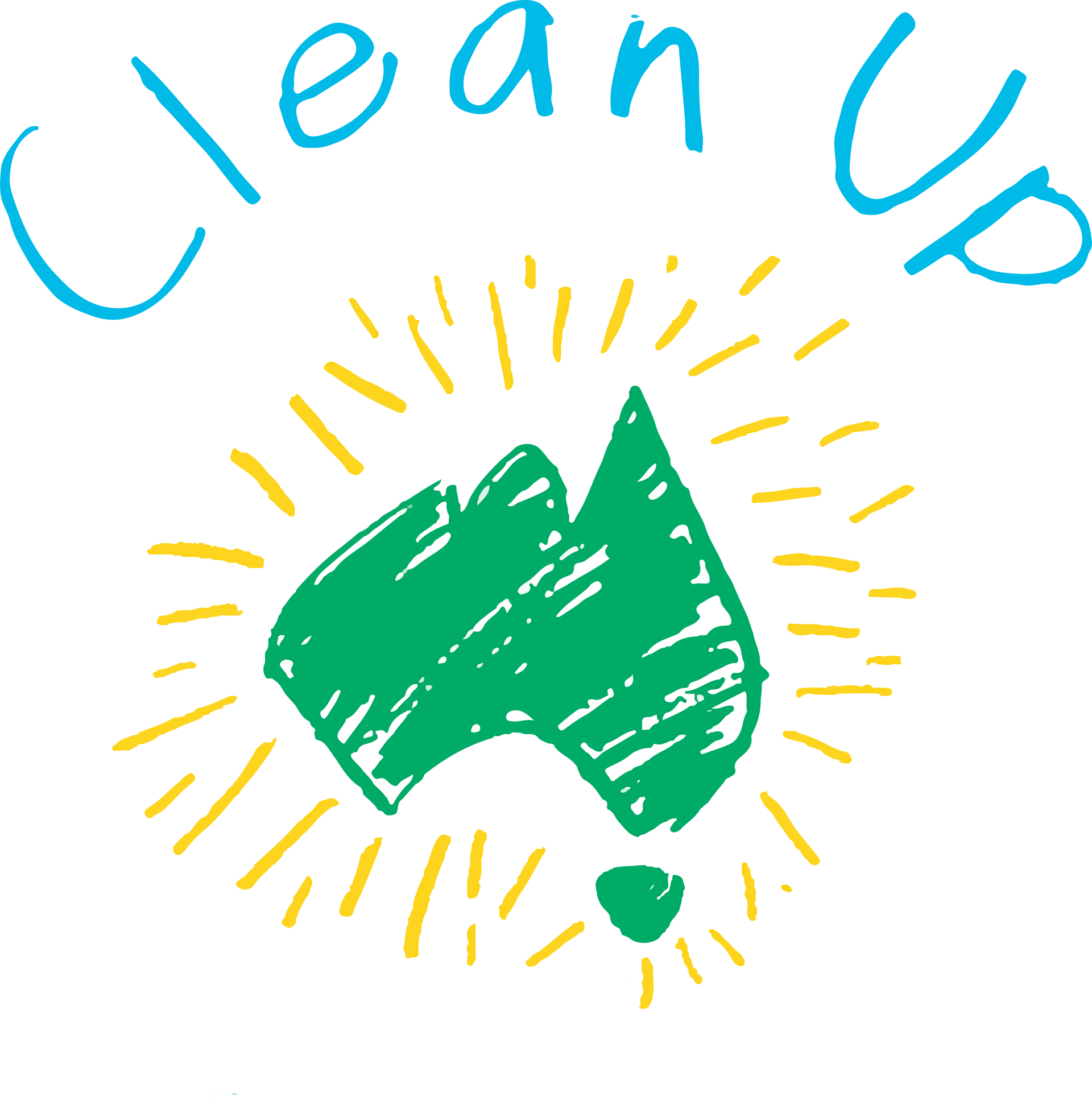Boycott balloons for the environment
Sorry to burst your bubble but balloons are a silent wildlife killer.

They may seem shiny and pretty, but balloons take years to break down and are a major threat to animals in the environment. That’s something that Chadstone the Fashion Capital, Melbourne has deliberately ignored when hosting their new exhibition, “Underwater World”, showcasing giant sea creatures all made from more than 25,000 balloons.
Complaints are ringing loud and clear from anti-balloon groups like No Balloon Release Australia, who wrote in a Facebook post: “The irony of creating a turtle from green balloons is obviously lost on them”. Balloons are known to be ingested by turtles, with a strong likelihood of killing them.
There are two types of balloons – latex balloons and Mylar balloons made of foil and plastic, and both are harmful for the environment. Helium is a limited finite resource that is lighter than air, carrying Mylar balloons great distances to be deposited in natural areas like our waterways and oceans.
Latex balloons are similarly harmful, and although commonly described as “biodegradable” – they’re not. A study by the University of Tasmania (UTAS) found that when tested in three different conditions – freshwater, saltwater and industrial compost, no latex balloon showed evidence of degradation across a 16-week period.
“For biodegradability to be meaningful the balloons would need to degrade relatively quickly and consistently so they were no longer a risk to wildlife or the environment,” Dr Morgan Gilmour, lead author of the study said.
“Our results showed no such outcome, and even industrial compost methods did not facilitate degradation during our experiment.”
When released, latex balloons end up in natural environments where they are mistaken for food by seabirds, turtles, and other wildlife. Balloons commonly block digestive tracts in these animals and cause them to starve to death.
In another eye-opening study by UTAS, researchers from the Institute for Marine & Antarctic Studies and CSIRO looked at the cause of death of 1733 seabirds from 51 species and found that one in three of the birds had ingested marine debris.
Balloons or balloon fragments were the marine debris most likely to cause mortality and they killed almost one in five of the seabirds that ingested them.
This means that balloons are the highest-risk plastic debris item for seabirds. “The evidence is clear that if we want to stop seabirds from dying from plastic ingestion we need to reduce or remove marine debris from their environment, particularly balloons,” Dr Lauren Roman, author of the study, said. Unfortunately, use of the item by the thousands in the public realm is an incredible waste of resources and promotes balloons as acceptable within the community.
Any child who attends that exhibition will be fuelled in their desire to play with balloons. Recently, Channel 7 also launched a new show in which competitors used thousands of balloons to create disposable art. The show flopped with a dismal number of viewers and has since been shifted from channel 7 proper to 7Flix and 7Plus. Whether that’s because of the dire environmental message that the show promotes remains to be seen.
The jury is out, though – and balloons might soon be, too.
Queensland has recently become the second state behind Western Australia to ban the release of helium balloons.
That ban should come into effect in September 2023. No Balloon Release Australia and The Boomerang Alliance are both urging all State and Territory Governments to ban helium balloon releases, in the name of the environment.
NSW bizarrely still allows the archaic tradition of releasing up to 19 helium balloons at a time. But this could change – last month, Emma Hurst MP from the Animal Justice Party put to the NSW Parliament a Notice of Motion that “this House calls on the NSW Government to urgently update our laws and ban helium balloon releases in NSW”.
There’s still a long way to go, but if one thing is clear, it’s that balloon exhibitions and television shows with balloons! should be on the way out. There are many other alternatives to balloons in a party setting, like bunting, bubbles, Japanese paper balloons, paper planes or origami animals, paper kites, paper pinwheels, handmade paper stars and pom poms or flags.
You can also join or support a community-based action group who aim to reduce balloon and other plastic-based waste, such as the No Balloon Release Australia Facebook group.
Search for other blog topics:


